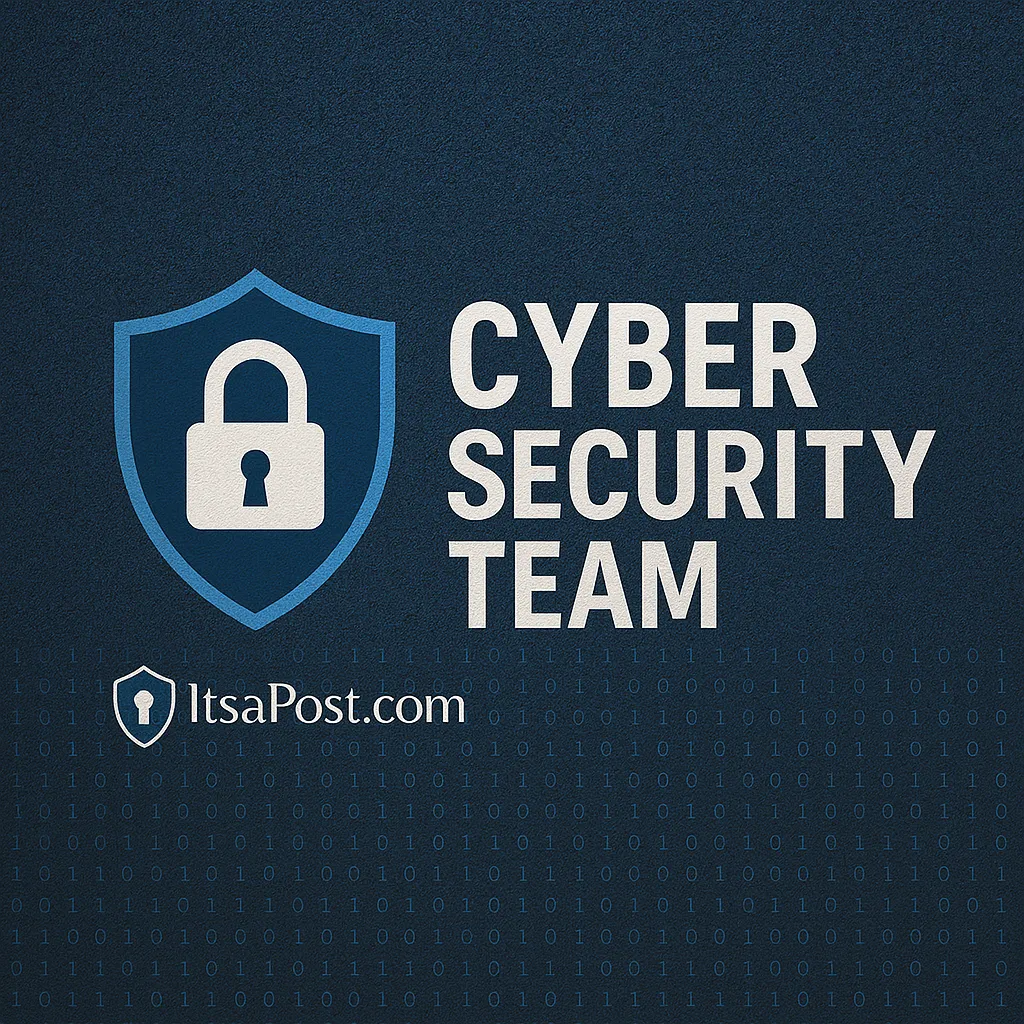Remote Cybersecurity: Thriving in a Decentralized Work Environment
In today's globalized world, the concept of remote work has shifted from being a perk to a necessity in many sectors, particularly in the field of cybersecurity. This shift not only changes how organizations operate but also escalates the complexity of maintaining robust cybersecurity practices.
Understanding Remote Cybersecurity
Remote work involves performing job duties from any location outside the traditional office environment. This flexibility greatly benefits employees but introduces significant security risks. These risks stem from varied network security levels, the use of personal devices, and the absence of centralized physical security measures. In order to combat these challenges, organizations must implement strong cybersecurity protocols tailored for remote settings.
According to a guide by NCDIT, key measures include knowing your organization's telework policies, using devices approved by your employer, and utilizing VPNs to secure data transmission.
The Current Landscape of Remote Cybersecurity Jobs
As per discussions on platforms like Reddit, the demand for cybersecurity professionals capable of managing security in a remote environment has grown. Companies are increasingly listing 'Work From Anywhere' vacancies to attract global talent, highlighting a shift towards a more flexible work culture.
Nevertheless, entering this market requires readiness to adapt and stay updated with the latest security trends and threats, a sentiment echoed by users discussing the realities of the job market on Reddit.
Challenges and Solutions
Remote work can exacerbate security risks such as phishing attacks, insecure Wi-Fi networks, and data breaches. A report by Panorays highlights that remote work can lead workers to use outdated or shared devices that lack the latest security measures, leading to increased vulnerabilities (Panorays).
Organizations can mitigate these risks by enforcing strict security policies, conducting regular security trainings, ensuring that all devices are equipped with updated antivirus software, and using secure cloud services for data storage and collaboration.
Expert Tips for Thriving in Remote Cybersecurity Roles
Veterans in the field suggest focusing on continuous learning and certification in areas like network security, ethical hacking, and cloud computing. Additionally, soft skills such as effective communication and teamwork are crucial, as the remote work environment demands a higher degree of self-management and proactive collaboration.
Looking Ahead: The Future of Cybersecurity in Remote Work
With the ongoing advancements in technology, the scope of remote work will only expand, making cybersecurity more crucial than ever. This might involve innovations in artificial intelligence to combat cyber threats more efficiently and the development of more sophisticated secure remote access tools.
As we navigate these changes, the core challenge will remain the same: securing digital environments while accommodating the increasing demand for remote work flexibility.
Cybersecurity professionals and organizations alike must remain vigilant and proactive in their approach to secure remote workspaces to not only protect sensitive information but also build trust in an increasingly decentralized work environment.
Conclusively, embracing change, fostering a culture of continuous learning and adapting to new technologies are key to thriving in the evolving landscape of remote cybersecurity.

